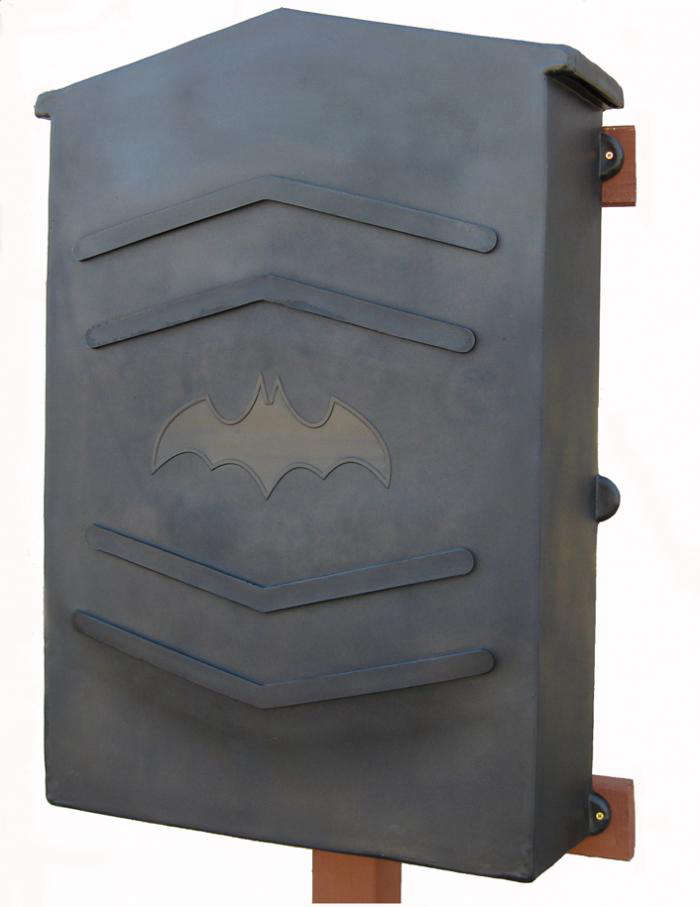Were you aware of the fact that 2012 is the Year of the Bat? Me either.
There are good reasons to offer shelter to our helpful little flying mammal friends (and to be jealous of them—I’m a mammal too, why don’t I get to fly?). Bats pollinate tropical forests and are capable of eating half their weight in insects in one night. Why not offer them a safe spot to sleep? The best time to mount a bat house is in fall or winter; by spring the “new house” smell that makes bats suspicious will be gone. Here are our favorite bat houses:
Above: A sustainably harvested Teak Bat House has “a rough-grooved entrance and plenty of venting to maintain the ideal temperature and airflow,” according to the manufacturer. Mount it on an eave about 15 feet above the ground. It’s $94.95 from Gardener’s Supply.
Above: A Standard Bat Box, made of sustainably forested, non-toxic wood, is easy to clean. It’s £19.99 from Wildlife Habitats.
Above: A Heath Bat House Single is $29.09 from Amazon. The manufacturer advises: “Do not become discouraged if bats do not immediately occupy your house. It can take up to a year for a bat house to attract a colony.” Mount a bat house from 12 to 15 feet above the ground in a sunny, warm spot.
Above: A large Dad’s Bat House measures 24 inches high by 16 inches wide and will accommodate up to 300 brown bats. Its $74.99 from Barn in the Sticks. For warmth, a wood bat house should be painted black if mounted in an area where July temperatures don’t exceed 85 degrees.
Above: A molded Bat Bunker (motto: “Where Bats Feel Safe”) measures 36 inches by 24 inches by 8 inches and is large enough to house an entire bat colony; $169 from Bat Bunker. It can be customized with a cedar roost chamber and landing pad; a Complete Kit including all components and the bunker is $299.
For more information about bat conservation, see Year of the Bat Campaign.




















Have a Question or Comment About This Post?
Join the conversation (2)